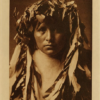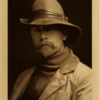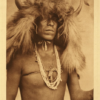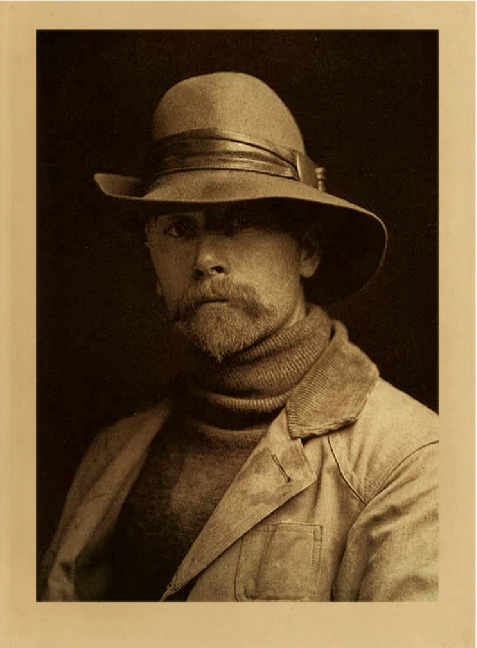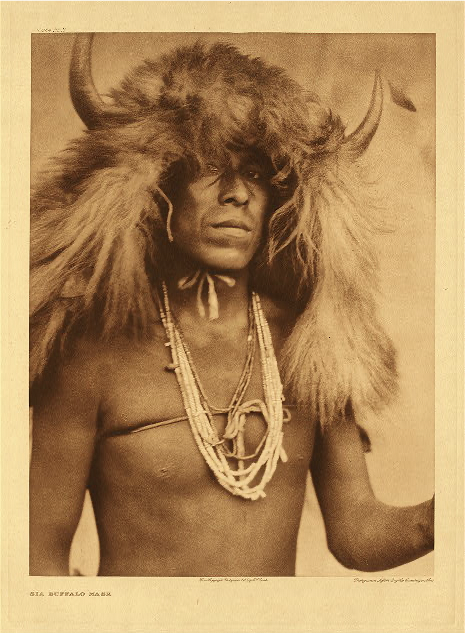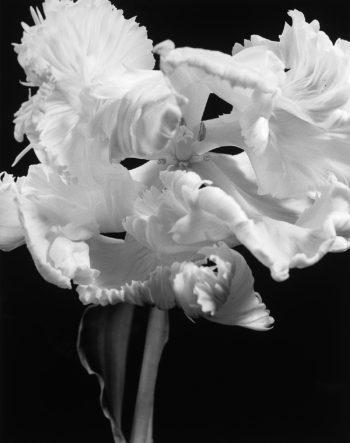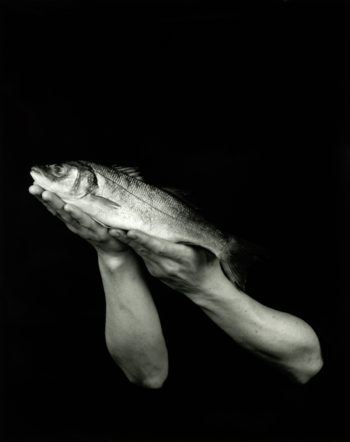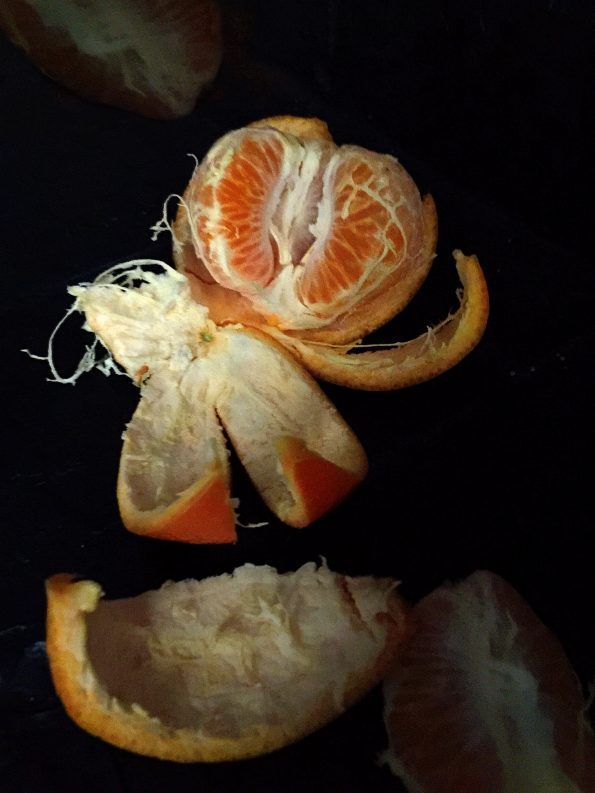Edward S. Curtis was an American photographer and ethnologist best known his extensive documentation of Native American tribes west of the Mississippi River. His endeavors led to the publishing of his most famous work, The North American Indian (1930), a 20 volume photographic and ethnographic study of over 100 tribes. “The passing of every old man or woman means the passing of some tradition, some knowledge of sacred rites possessed by no other,” he once wrote. “Consequently the information that is to be gathered, for the benefit of future generations, respecting the mode of life of one of the great races of
mankind, must be collected at once or the opportunity will be lost for all time.” Born Edward Sheriff Curtis on February 16, 1868 in Whitewater, WI, he apprenticed to a photographer in St. Paul, MI in 1885. Two years later, Curtis moved with his family to Seattle where he purchased a new camera and began a photography studio. In 1895, the photographer took his first portrait of a Native American, Princess Angeline, the daughter of Chief Seattle, a Squamish Indian after whom the city of Seattle was named. Several years later, at the National Photographic Convention, he was awarded the grand prize for three of his sepia-toned images of Puget Sound Native Americans. Having become well known through articles and publications of his work, Curtis received a grant of $75,000 from J. P. Morgan to produce a series on Native Americans. The artist devoted the next 30 years to this project, traveling the country and spending weeks with a single tribe. At the time The North American Indian was published in 1930, it was the second most expensive book ever produced in the United States, after John James Audubon’s Birds of America (1838). In the years that followed the completion of his project, Curtis participated in several mining ventures and did some camera work for films in Hollywood. The artist died on October 19, 1952 in Los Angeles, CA. Today, his collections of work are held at Northwestern University in Evanston, IL, the Library of Congress in Washington, D.C., and the University of Wyoming in Laramie, among others. – artnet.com

